We’re excited to introduce you to the always interesting and insightful Deborah Lindquist. We hope you’ll enjoy our conversation with Deborah below.
Deborah, looking forward to hearing all of your stories today. Can you talk to us about how you learned to do what you do?
Turning your creative ideas into something physical requires imagination, desire, and skillsets.
I’m a classically trained fashion designer and studied fashion design at the University of Minnesota and Parsons School of Design in New York City. I became a designer for brands in Manhattan before launching my own line in 1983.
I taught myself to sew when I was just 5 yrs old, starting with a simple needle and thread and my mom’s victorian treadle machine. I made clothes for my dolls, some home decorative accessories and simple things I could figure out on my own. My grandmother Ida was a professional seamstress and noticed that I had a talent and passion for sewing and design so mentored me a bit. She was a tiny Norwegian perfectionist who did incredible custom work and helped me with traditional and practical sewing skills. I made many things including a lot of clothing for myself before I decided to pursue a career in fashion design, with my studies beginning at the University of Minnesota.
There are many skill sets required in fashion design. Cutting, sewing, draping, patternmaking, fit, design, sketching, flat sketches, fashion illustration, color theory, fabric selection, production, and more. All of these skill sets are important and are part of creating beautiful clothing items that fit, are well-constructed, and last.
I moved to Manhattan to study at Parsons because I wanted to work in the industry and also because it was recognized as the top fashion design school in NYC. In order to land a job as a designer in Manhattan, I not only needed to know how to design and construct clothing, I also needed to clearly communicate my ideas through my portfolio of sketches and fashion illustration. I was a very disciplined student at Parsons, worked tirelessly on my portfolio and got hired within my first month of interviews.
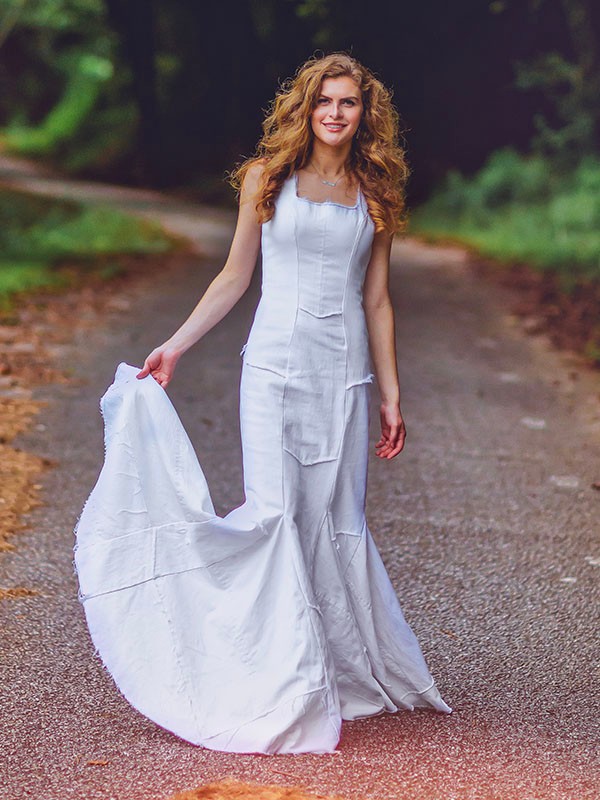
Deborah, love having you share your insights with us. Before we ask you more questions, maybe you can take a moment to introduce yourself to our readers who might have missed our earlier conversations?
My first jobs in Manhattan were designing for volume-based companies. I designed sleepwear and lingerie before designing the infant and toddler boy’s line for Garanimals. As part of a small team in this category, I designed the stripe layouts, screen prints, embroideries, embellishments, and traveled to work seasonally with the sample makers at the production plants in Alabama and Mississippi. In volume operations there are certain restraints. It is important to make the design and embellishments simple (but cute and fun because it’s for children) in order to make the garment cost-effective in production. I was very fortunate to have this encompassing kind of work experience at a time when fabric and clothing manufacturing was done in the USA.
Although I liked the job and had a lovely office in the Empire State Building with huge windows overlooking the west side, I had a desire to do my own thing and consistently imagined and dreamed of seeing my designs on the catwalk and in the best stores.
I wasn’t sure what this idea would look like at first. But I understood that everything in life first comes from an idea. So I started by imagining what I wanted my life to look like as the owner of my own brand. After all, this is my process of designing clothing and how I got myself to Manhattan. Why not use the same process to manifest my business?
I should mention I am a farmer’s daughter and spent my grade school years in a one-room country schoolhouse where in most grades I was the only kid in my class. My constant companions and best friends as a kid were my dog Heidi and my crow Tuesday who found me fascinating and followed me everywhere. We had many cats who also felt I was fascinating from a catlike perspective and sometimes joined in on the fun. Because of them, the farm animals and everything growing on the farm, I developed a unique connection to nature and the ability to communicate telepathically with animals, plants, and trees. I always felt in my heart that my family and I were caretakers of our sacred land and it was our desire and duty to keep it healthy and productive.
The move to Manhattan was a sizable leap in itself that some said was impossible or improbable for me. Coming from a place where I was surrounded by nature to that grand city where I was surrounded by 10 million people in a hurry took some adjustment and definitely some lessons in discernment and street smarts. I worked hard to be accepted into that prestigious school and worked even harder once I got into the program, learning and perfecting the skills necessary to become a designer. It wasn’t always easy for me to live in Manhattan, but I became more grounded once I moved to the upper east side near the East River and Central Park because I found something familiar that I loved and missed. Nature.
With a more harmonious place for me to live, I knew I was capable and willing to put in the work to create and sell my own work. And at 25 that’s what I did.
I found a few yards of Milanese mesh in a messy shop in the trim district one weekend. “This would make a cool belt!”
I thought. I taught myself to make belts, embellished the mesh with vintage leather, eyelets and studs, showed a sample to some shops, and I literally launched my upscale Milanese belt line with one belt. My connections with salespeople I worked with at Garanimals helped me to track down more of this interesting material as well as everything I needed to make belts in my studio apartment.
Shortly after launching my line I was featured in Women’s Wear Daily along with some very well-known accessories designers as someone to watch. Soon I was selling to the best boutiques in the USA and abroad, and was highlighted in the press. I love vintage materials of many types and found an incredible stash of vintage trims and rhinestones in a trim shop that I used to create limited edition and one-of-a-kind ornate buckles and jewelry.
I launched my biz in 1983 when everything was big. Big hair, big shoulders, big accessories. The economy was strong, stores loved indie designers, and people loved to spend money on unique luxury fashion. It was a great time to start and I was able to blend my love for sourcing and upcycling useful castoff materials to create something new. I was working eco-consciously before terms were created to describe what I was doing.
I moved to Los Angeles in 1989 and switched to designing clothing after a LA based belt brand knocked off my beautiful belt line and did it badly. Their belts fell apart. Mine didn’t but I knew that their mistakes would destroy the entire category of Milanese mesh belts I worked to create. It was a “welcome to Los Angeles” moment that was very upsetting at the time but pushed me into a huge pivot.
I found a very cool women’s clothing store in Venice, worked closely with the store owner to create one-of-a-kind, limited edition and custom jackets, bustiers, and more using vintage curtain fabrics. Soon better boutiques began selling my jackets. The vintage fabric jacket category became a huge trend as well as pieces I created made of “deadstock” or end-of-production yardage.
Jackets fell out of popularity after a bit of time and in the hunt for something new and interesting to work with one weekend in 2004, I found a large pile of cashmere at a swapmeet. “Why would anyone throw away cashmere?” I thought. The main answer was hungry moths who love chomping up luxurious cashmere sweaters, leaving holes. I decided to buy a few, covered the holes with appliques and sold them to better boutiques in the USA and abroad.
My embellished cashmere sweaters became very well known and were featured in the press, on celebrities, in fashion shows, movies and tv, and in the best stores. It was at this time that terms for this category of fashion were created to describe what I and other designers like me were doing. Eco, green, ethical, environmentally friendly, sustainable were terms to describe this movement of fashion design with consideration for the environment.
Interestingly I never stopped making bustiers, a category that continues today and is the basis of my special occasion and wedding line. My bustiers are likely what got me labeled as the “sexy eco designer” as journalists called me in the beginning of an incredible amount of press coverage. My bustiers have been worn by Rihanna in her video “Unfaithful”, as well as Pink, Sharon Stone, Christina Aguilera, Gwen Stefani, and many more celebrities. They are also pivotal pieces to the costume design I did for the burlesque troupe (before they were a singing group) Pussycat Dolls.
Resourcefulness is one of my superpowers. Because I have committed myself to working eco-conscious, I make specific fabric choices that fall into the categories of organic, sustainable, upcycled, and deadstock.
I love rescuing artistic and useful fabrics destined for potential landfill as much as I love the beautiful hemp/silk I use for wedding and special occasion gowns. My desire is to make women look and feel beautiful in my clothing and at the same time consider the health and well-being of the environment. These concepts are part of my core values.
The willingness to pivot is also something important for designers and creative people. Sometimes we come up against what looks like an insurmountable roadblock. Many of us have experienced roadblocks in the last few years of the big C. But with well developed skillsets, the willingness to use what we know and learn what we don’t know yet, we can not only stay in business but create something new and exciting both in spite of and because of the challenges we face.
I created my courses during the pandemic for a few reasons. Fashion changed so drastically with the introduction of fast fashion in the 90’s and its massive trendy, poorly made sweatshop overproduction in 3rd world countries. This multi-trillion-dollar business model is terribly destructive to not only the environment but to people. In talking to design students I find that students today are not always taught the classical fashion design skillsets I was taught in design school, and I think that is a disservice to designers and the industry as a whole. I felt it was time to share my unique, handcrafted way of working and support others in the process of creating eco-conscious fashion.
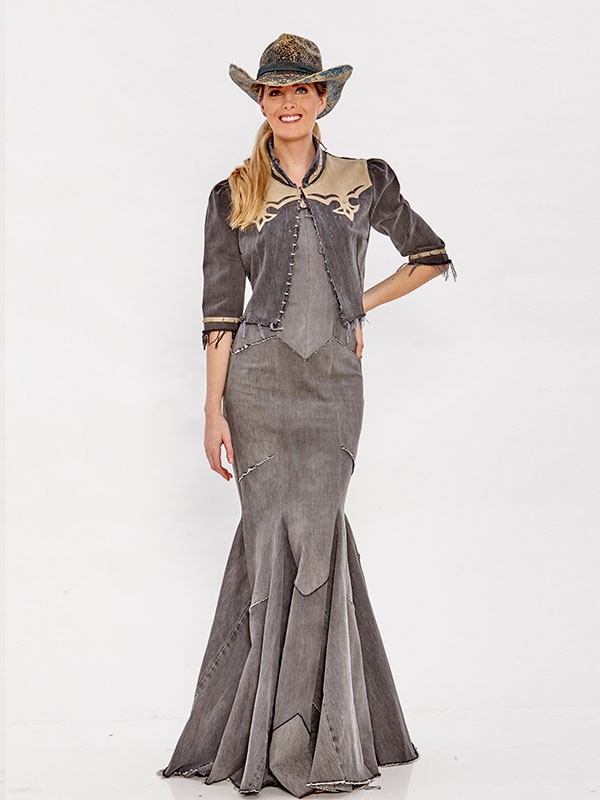
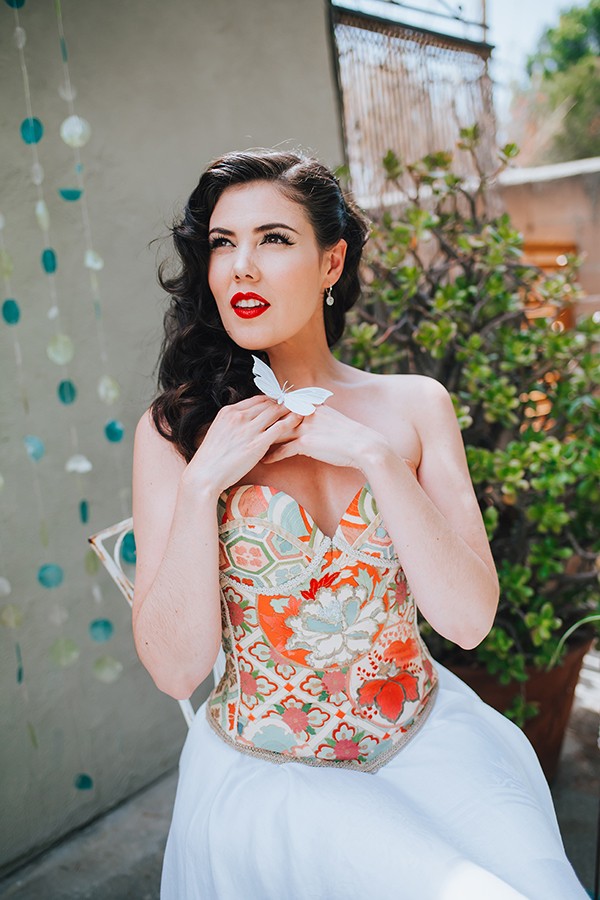
Is there something you think non-creatives will struggle to understand about your journey as a creative? Maybe you can provide some insight – you never know who might benefit from the enlightenment.
Actually we are all creative.
Thoughts become things. We all turn our thoughts and ideas into physical things by nourishing these ideas and putting them into a framework of practice.
Sometimes we focus on what we don’t like, then we get more of that! Frustrating but it’s how the “thoughts become things” rule works. The challenge, or better yet, the opportunity in creativity is to hold the vision of what we love. That way we manifest more of what we love and less of what we don’t want.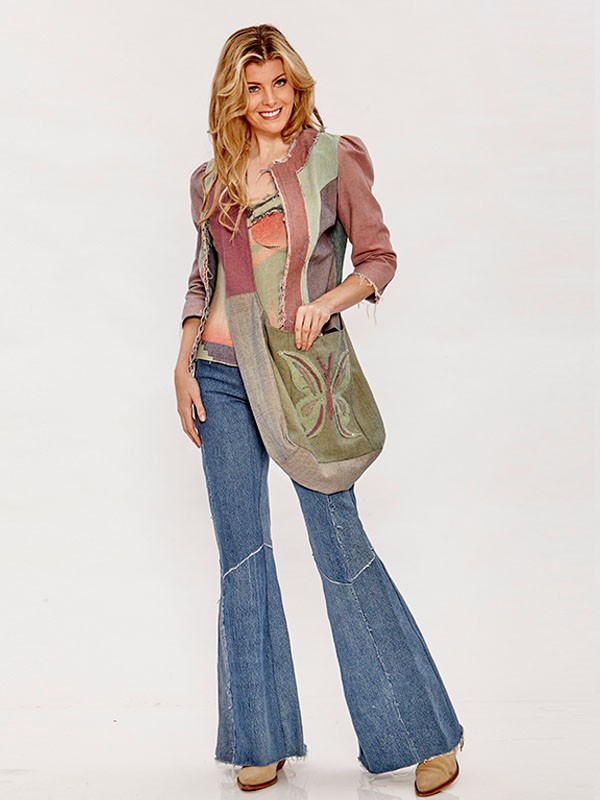
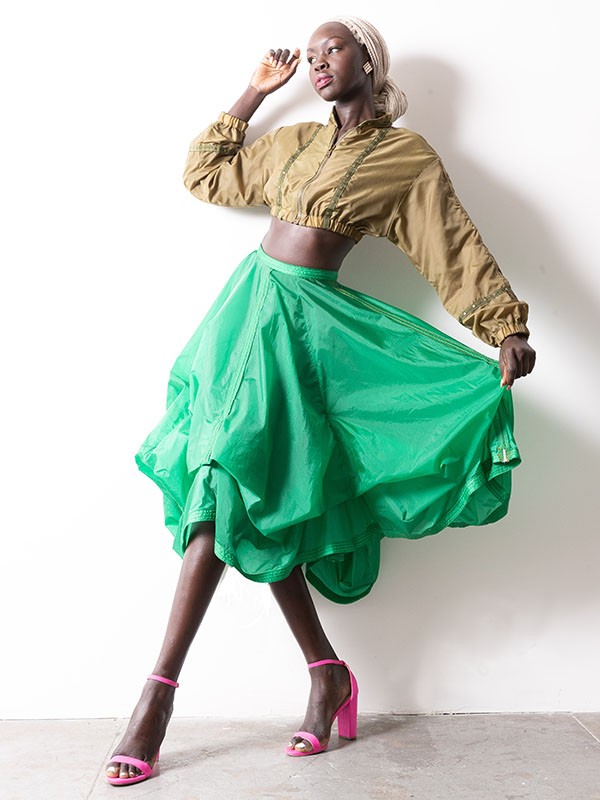
Is there mission driving your creative journey?
Yes. I’m still designing clothing, accessories, and home decor and want to continue to make beautiful things.
But I want to teach people the skillsets I use most often to take my creative ideas and turn them into something physical. I’m classically trained and teach the classical skills I use every day but I use a good amount of what I call “ninja” ways of working in order to do the handcrafted eco fashion I’m so well known for. I see that handcrafting is a trend that is gaining importance and am thrilled to be part of the movement of not only doing it myself but teaching others.
I developed some signature workshops I taught to interns who came to study with me from many countries over the course of a decade. I teach these both in my in-person workshops and in my online course “Creating Eco Conscious Fashion-Introduction to Eco Design and Fabric Embellishment.
My eco-fashion design courses are created to educate, inspire, and support you in your own journey of creativity. 
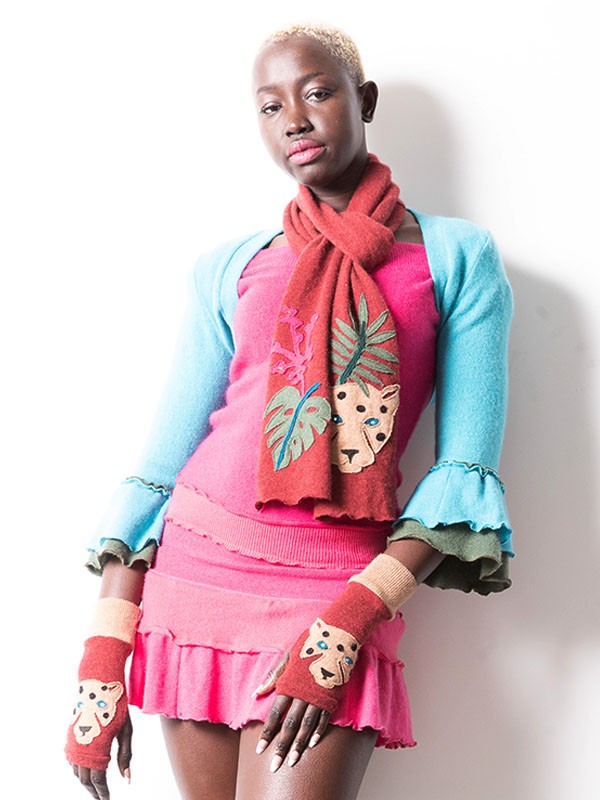

Contact Info:
- Website: https://deborahlindquist.com
- Instagram: https://www.instagram.com/deborahlindquist/
- Facebook: https://www.facebook.com/DeborahLindquistEcoLifestyle/
- Linkedin: https://www.linkedin.com/in/deborah-lindquist-47423b27/
- Twitter: https://twitter.com/deblindquist
- Youtube: https://www.youtube.com/user/EcoDeborah/videos
- Other: My Eco fashion design courses: https://creatingecoconsciousfashion.com
- TikTok: https://www.tiktok.com/@deborahlindquist
- Pinterest: https://www.pinterest.com/deblindquist/
Image Credits
Jennifer Cawley Lukas Van Dyke Glenn Campbell Ruben Domingo Jenn Spain


